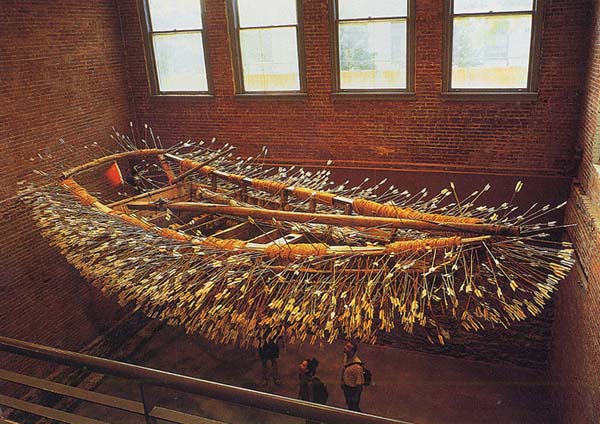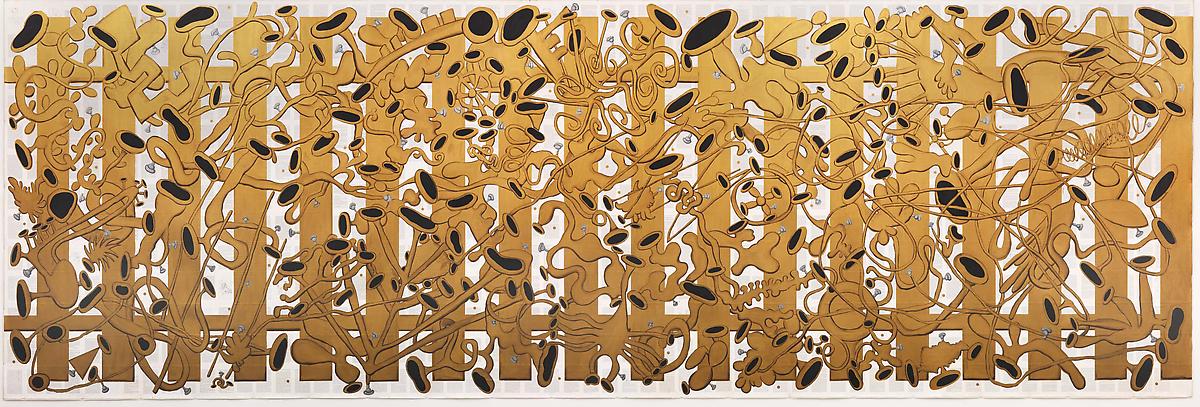Especially for interdisciplinary educational purposes, I would like to explore the affinity between art and science. The first thing to do, I think, is to collect resources. This is a resource I'm 'saving' for the future.
The following quote is from, "
The Journal of Applied Mathematics", and is written by a Romanian glass artist named,
Dan Popovici, whom I know almost nothing about other than he's a very interesting thinker and artist:
"Depicting the hypostasis of light in transparency, glass brings us closer to issues of esoteric metaphysics, that studies, in the deepest antiquity, the supernatural principles of Nature (the ancient Greeks called Nature with the term "physis"). Perpetuating the tradition of ancient thought Avicenna [6], in X Century A.C., defines Mathematics as an intermediate area between the physical and natural sciences, and metaphysics. Here the "number" and "measure" govern, and between the branches of Mathematics we encounter: Geometry, Arithmetic, Science of Astronomy, Music, Optics, the science (or Art) of “mobile spheres”... and other analogue sciences (Fig. 5). We notice in Avicenna's classification the affinity into Mathematics between Sciences and Arts [6].
In this context glass-art, interceding the optic “avatars of light” and respecting the contemporary scenarios of Science, expresses the fundamental compositional principles and exploits the heritage of human measure's projection in understanding the visual space."
Admittedly, I've only given it a cursory reading because I'm researching for a lesson plan, but what first grabbed me is where he mentions 'metaphysics'. He writes, "supernatural principles", but makes a point to state the Greek term for nature, or "physis". So, physics, for the ancient Greeks was the study of nature, and metaphysics was the study of the super-natural; thereby having a somewhat different meaning than we take 'supernatural' to mean today (or so I'm thinking from this quick read). I think he's trying to use supernatural without implying 'mystical' to describe metaphysics.
Anyway, there's a wealth of intriguing work on his site (linked above) to explore.













